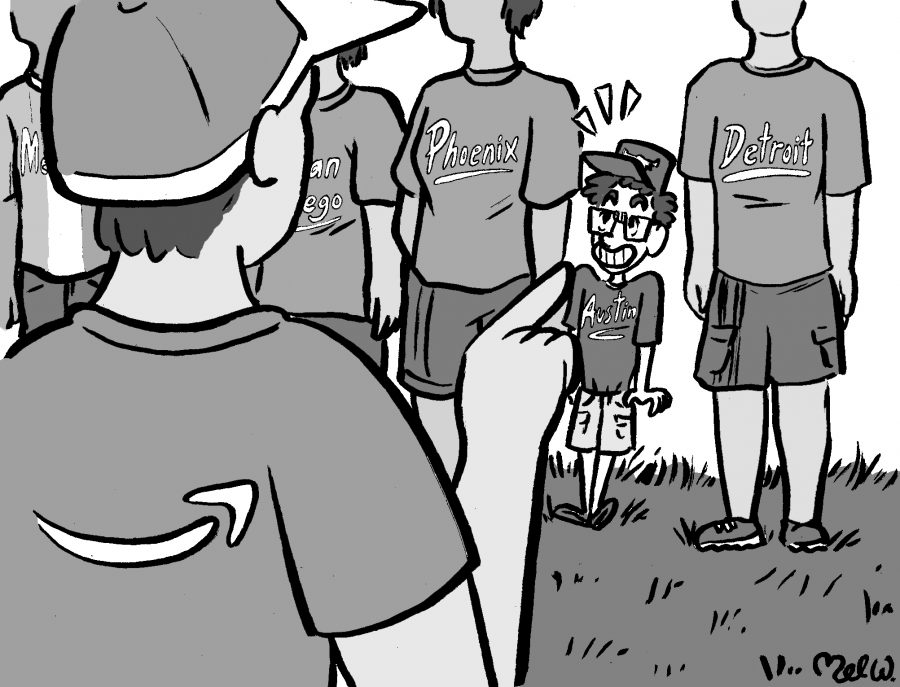The finalists are in.
Amazon narrowed down the location of its future second headquarters to 20 cities. To nobody’s surprise, Austin made the shortlist.
But Amazon won’t pick Austin.
True, our city comes complete with a bustling business scene and, as columnist Liam Verses noted, easy access to sharp UT graduates. That’s why so many tech companies such as Apple have established offices here already.
But Amazon is looking for something more: a progressive city that can provide quality urban amenities such as public transportation and cosmopolitan living. According to John Schoettler, Amazon real estate chief, “We look forward to cities that … are thinking forward and long-term in terms of affordable housing and mass transportation and being able to move people around.”
Clearly, Schoettler isn’t describing Austin.
Our public transportation is nonexistent, excepting those few brave souls on Capital Metro buses. Instead, we stew for hours in MoPac and I-35 traffic. Meanwhile, gentrification — somewhat driven by tech giants such as Amazon — continues to push longtime low-income Austinites out of central neighborhoods and erode Austin’s “weird” culture.
To picture the kind of city Amazon has in mind, just look at Seattle, where the company’s main headquarters is located.
The bustling South Lake Union neighborhood where Amazon’s headquarters is located is served by a highly popular streetcar system. And Schoettler personally appreciates the area’s “built environment” — walkable and dense — which allows him to “know the neighborhood” and immerse himself in Seattle’s diversity.
Compare that to an Austin-style tech campus located way the hell out past Loop 360, where the only transit is driving and the sole sign of life are the food trucks in the parking lot at lunch hour. Austin simply doesn’t hold a candle to other contenders with big-city credentials, such as Los Angeles, Chicago and Philadelphia.
If Austinites were so inclined, we could transform Austin into a more vibrant city, but that doesn’t seem to be our priority. When urban rail was on the ballot in 2014, planners picked a route that was easy to build on but had tepid demand.
Unsurprisingly, the measure lost. And while the city’s CodeNEXT effort promises to increase affordability by easing burdensome zoning regulations, activists and homeowners have fought the process every step of the way — and on the other side, area architects now say the plan doesn’t go far enough.
Austin, for better or for worse, seems content to stay a sprawling Texas suburb forever. That lends our city much of its charm, but it also holds it back from being a more cosmopolitan, inclusive place to live — where driving isn’t the only option, the streets are vibrant public spaces and our city’s cultural diversity is celebrated front and center.
So if you were worried Amazon was about to obliterate Austin’s last shred of weirdness, then fear not. Expect Amazon to pass up our quirky little Texas town and pack its bags for the big city.
Young is a computer science senior from Bakersfield, California. He is a senior columnist. Follow him on Twitter @oldryanyoung.





















